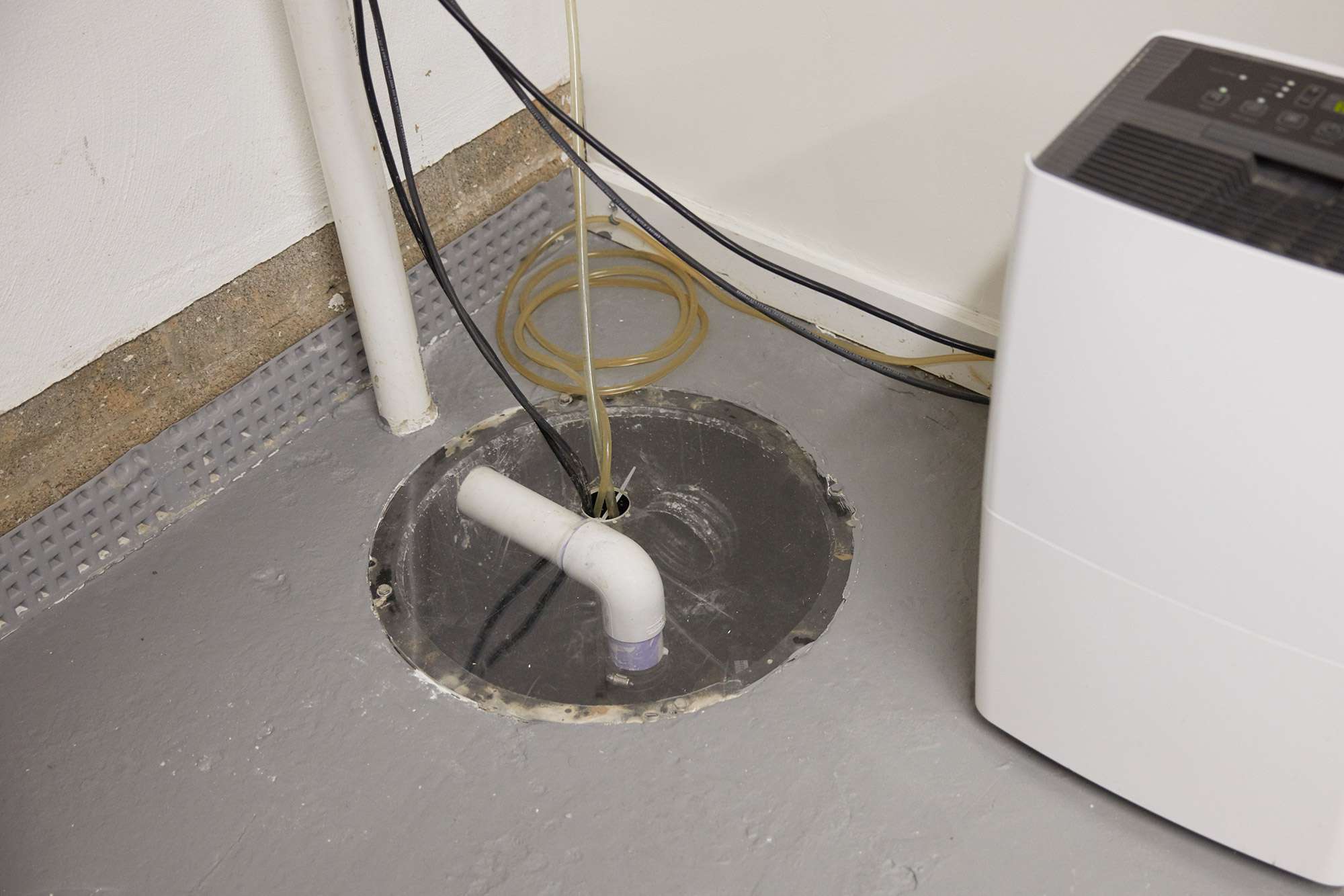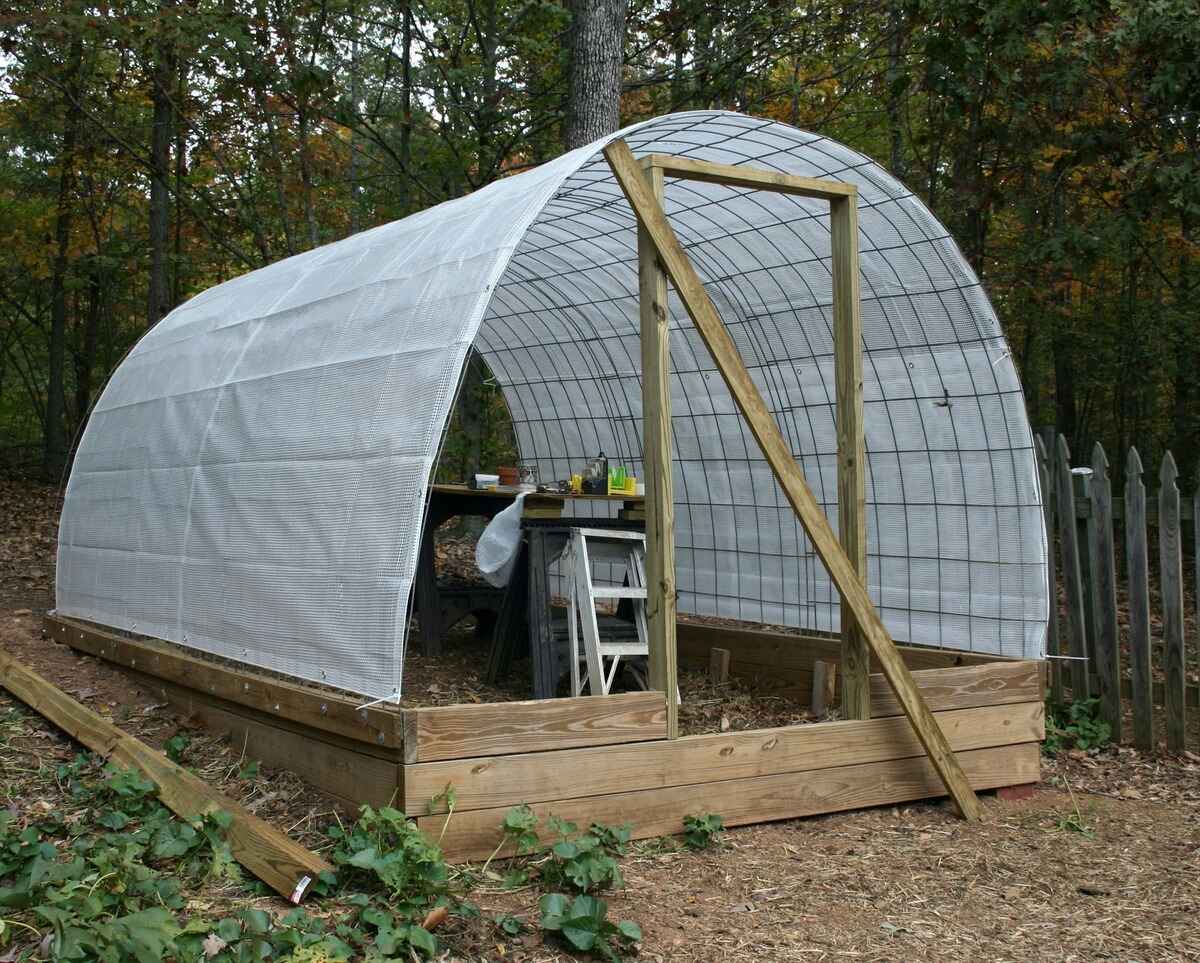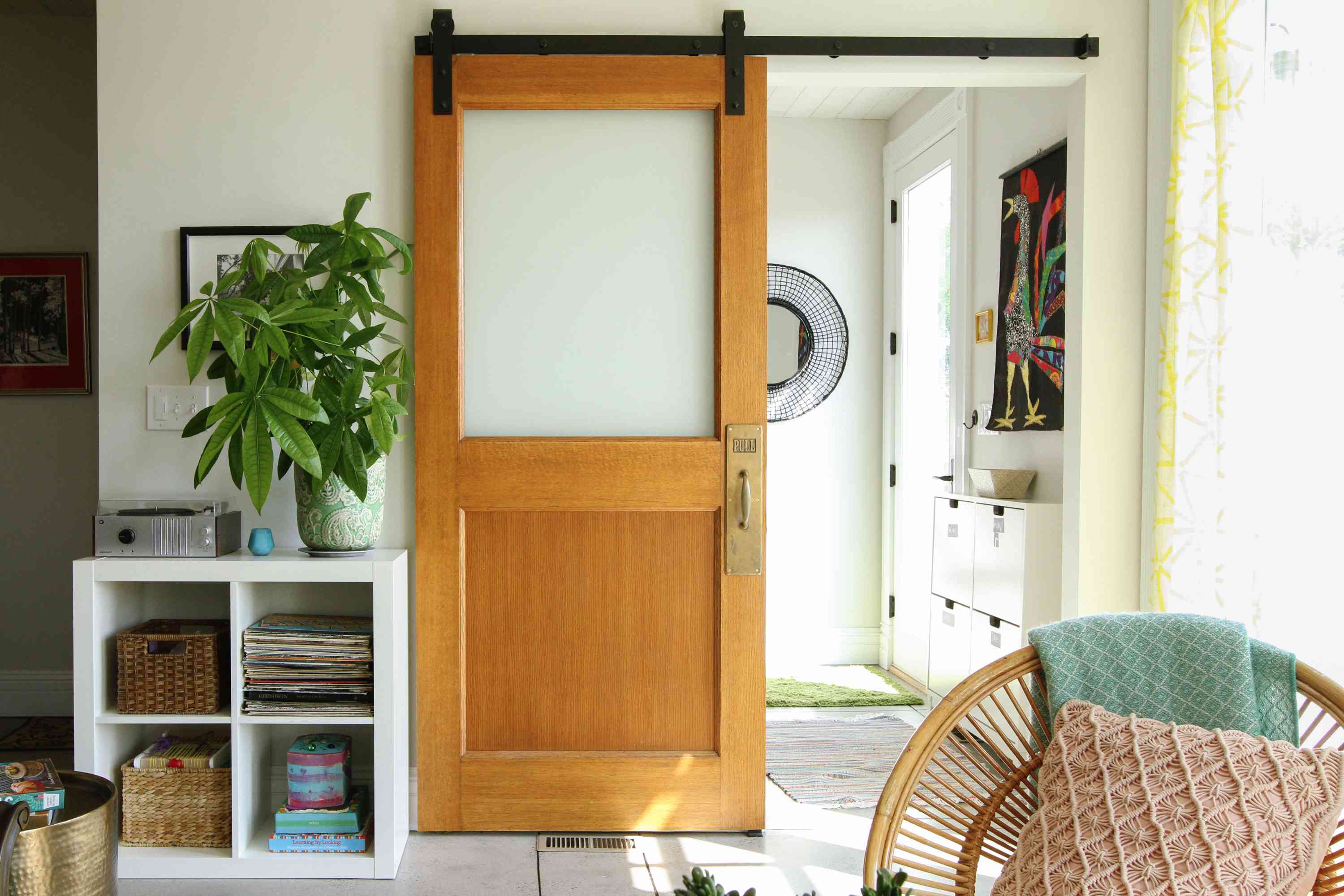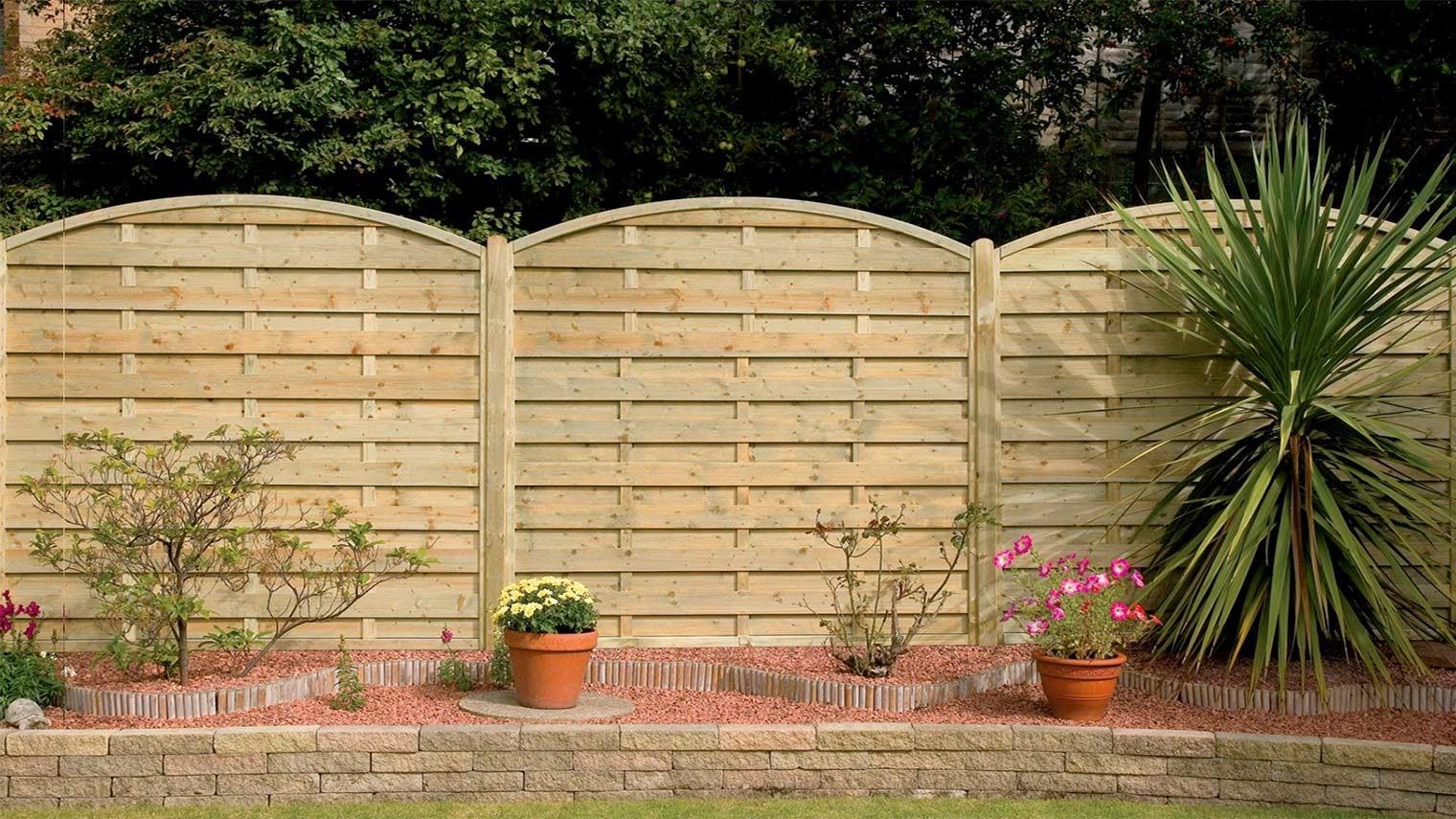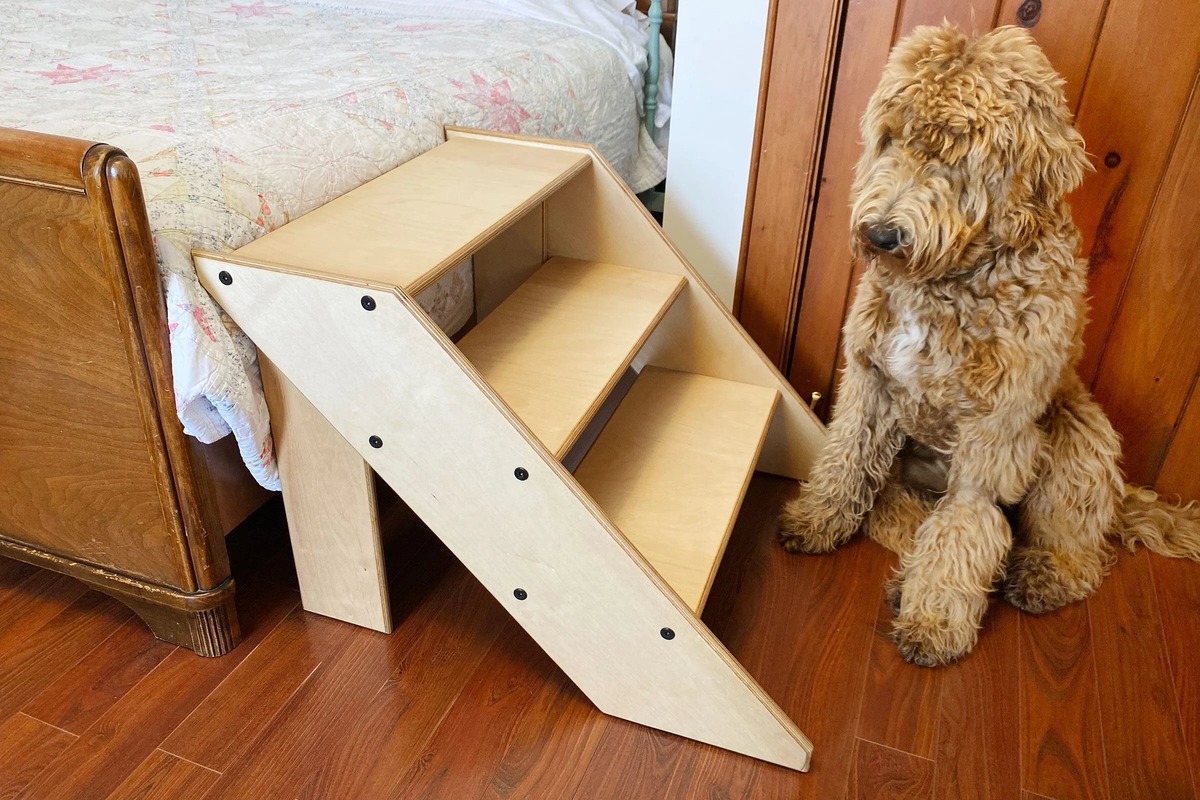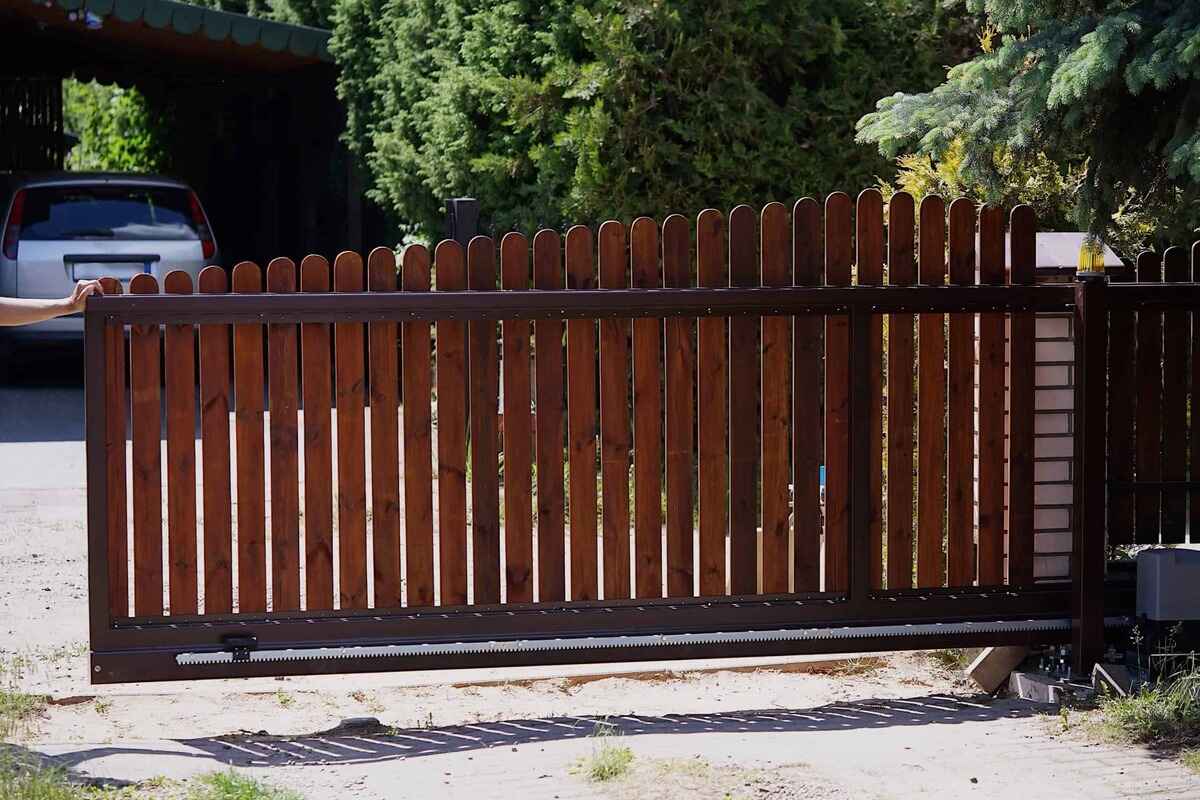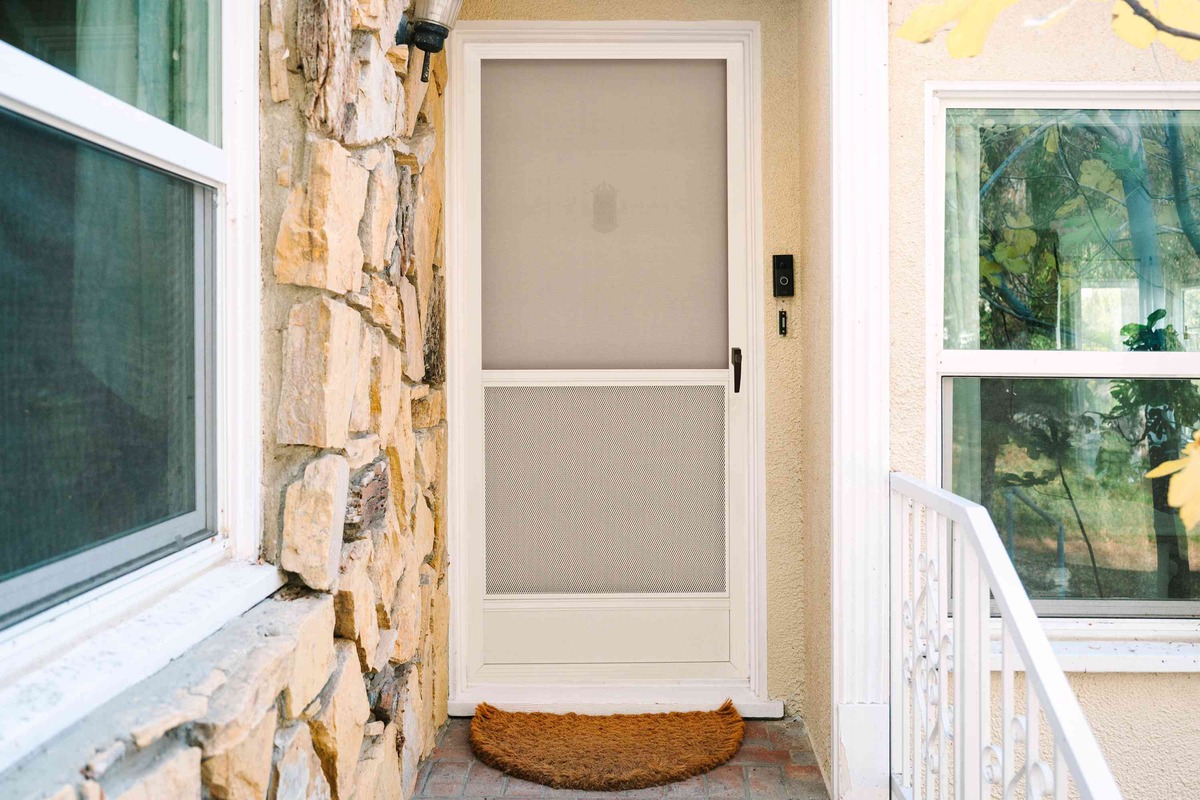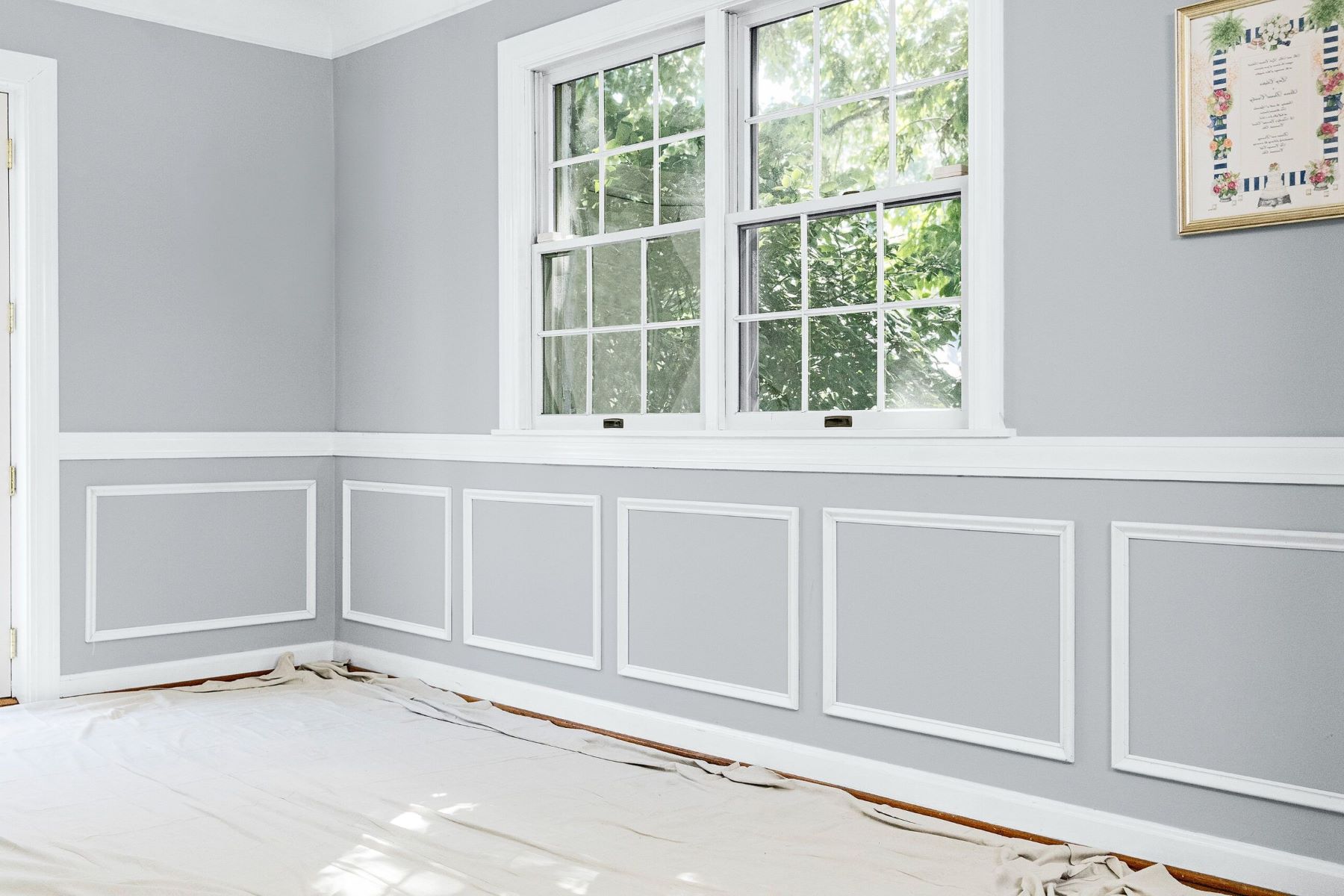Home>Create & Decorate>DIY & Crafts>DIY Batting Cage: Step-by-Step Guide To Building Your Own Sports Practice Area
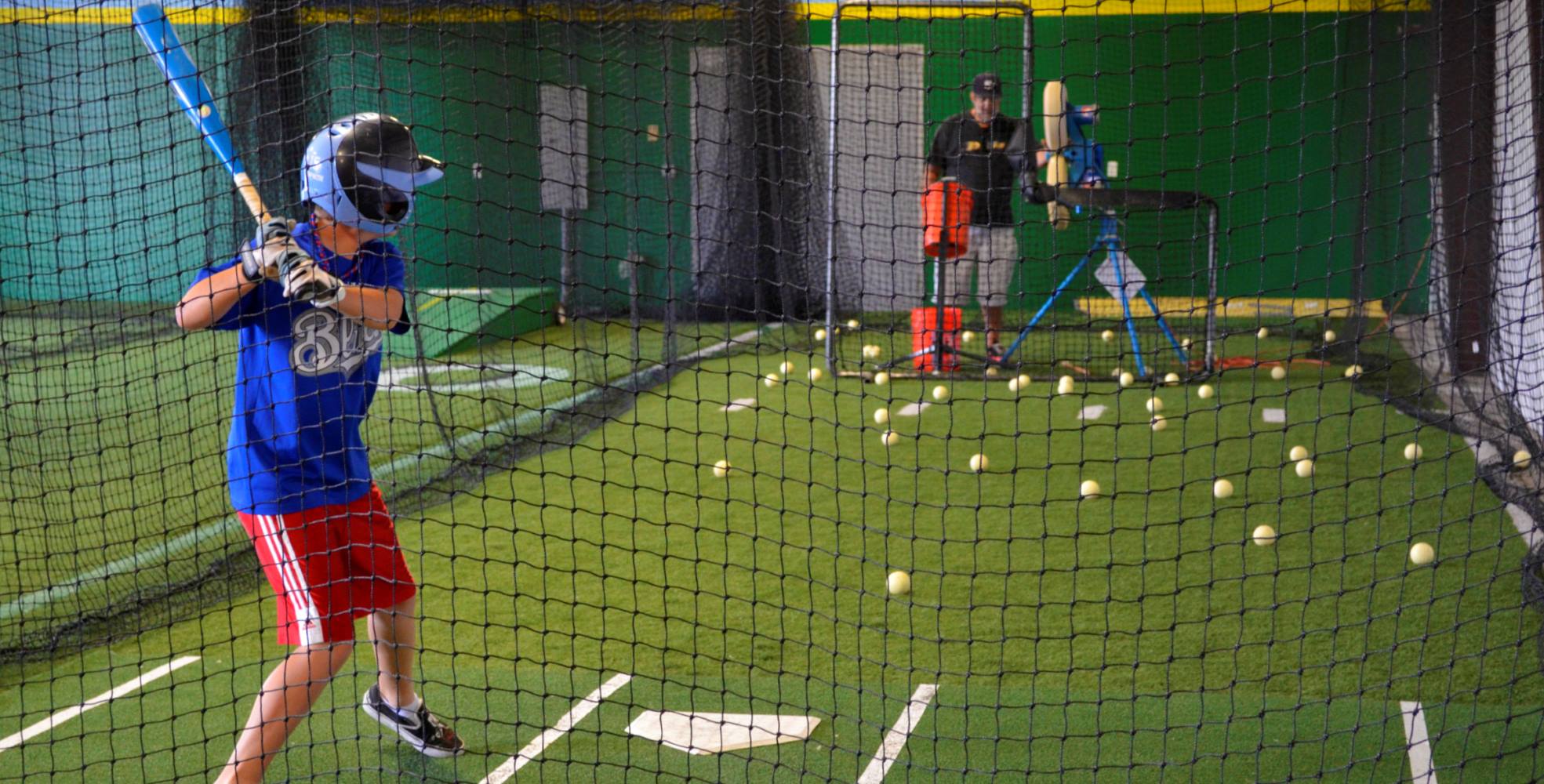

DIY & Crafts
DIY Batting Cage: Step-by-Step Guide To Building Your Own Sports Practice Area
Published: June 3, 2024

Senior Editor in Create & Decorate, Kathryn combines traditional craftsmanship with contemporary trends. Her background in textile design and commitment to sustainable crafts inspire both content and community.
Learn how to build your own DIY batting cage with our step-by-step guide. Create the perfect sports practice area with our easy-to-follow instructions. Ideal for DIY & Crafts enthusiasts.
(Many of the links in this article redirect to a specific reviewed product. Your purchase of these products through affiliate links helps to generate commission for Twigandthistle.com, at no extra cost. Learn more)
Introduction
Are you a baseball or softball enthusiast looking to improve your game? Building your own DIY batting cage can be a rewarding and cost-effective way to practice your swing right in your own backyard. Not only will it provide a dedicated space for honing your skills, but it can also be a fun project to take on. In this step-by-step guide, we will walk you through the process of creating your very own batting cage, from planning and gathering materials to building the frame and installing the netting. So, roll up your sleeves and get ready to transform your outdoor space into a sports practice area that you can enjoy for years to come!
Planning Your DIY Batting Cage
Before diving into the construction process, it's crucial to start with a well-thought-out plan for your DIY batting cage. Here's how to get started:
-
Selecting the Location: Choose a suitable spot in your yard that is spacious enough to accommodate the batting cage and provides enough clearance around the perimeter for safe swinging.
-
Checking Local Regulations: Before proceeding, check with your local authorities or homeowner's association to ensure that there are no restrictions or permits required for building a batting cage on your property.
-
Determining the Size: Consider the dimensions of the batting cage based on the available space and your specific needs. A standard batting cage is typically around 12 feet wide, 12 feet high, and 55 feet long, but you can adjust the size to fit your space.
-
Setting a Budget: Determine how much you are willing to invest in the project. This will help guide your material and equipment choices as you move forward.
-
Choosing the Netting: Select high-quality netting material that is durable and suitable for outdoor use. The netting should be able to withstand the impact of baseballs or softballs without tearing or stretching.
-
Creating a Materials List: Make a comprehensive list of all the materials and tools you will need for the project, including lumber, netting, fasteners, and any additional equipment required for construction.
By carefully planning out these essential details, you can set the stage for a successful DIY batting cage project that meets your needs and fits within your budget.
Gathering Materials and Tools
Once you have a solid plan in place, it's time to gather all the necessary materials and tools for your DIY batting cage project. Here's a comprehensive list to get you started:
Materials
- Lumber: Purchase pressure-treated lumber for the frame, including 4×4 or 6×6 posts for the corners and 2×4 or 2×6 boards for the horizontal supports and cross beams.
- Netting: Invest in high-quality, UV-resistant netting specifically designed for batting cages. Ensure that the dimensions of the netting align with the size of your planned batting cage.
- Fasteners: Stock up on galvanized screws, nuts, bolts, and washers to secure the frame and attach the netting.
- Concrete: If you're planning to set the posts in the ground, you'll need concrete mix for secure installation.
- Ground Sleeves: Consider using ground sleeves to provide added stability for the frame posts.
Tools
- Circular Saw: A circular saw will be essential for cutting the lumber to the required lengths.
- Drill and Bits: Invest in a quality drill and a set of drill bits for boring holes and driving screws.
- Level: Ensure that your frame is perfectly aligned by using a level during construction.
- Post Hole Digger: If you're setting the posts in the ground, a post hole digger will make the task much easier.
- Measuring Tape: Accurate measurements are crucial, so a reliable measuring tape is a must-have.
- Ladder: Depending on the height of your batting cage, a ladder may be necessary for reaching elevated areas during construction.
By gathering these materials and tools, you'll be well-equipped to tackle the construction of your DIY batting cage with confidence and efficiency.
Building the Frame
Building the frame is a critical step in constructing your DIY batting cage. Follow these steps to create a sturdy and reliable frame for your batting cage:
-
Cutting the Lumber: Begin by cutting the pressure-treated lumber to the required lengths using a circular saw. The dimensions of the lumber will depend on the size of your batting cage, so refer to your initial plan for precise measurements.
-
Assembling the Corners: Use the 4×4 or 6×6 posts to form the corners of the frame. Secure the posts in an upright position, ensuring that they are plumb and aligned. Use a level to check for accuracy.
-
Adding Horizontal Supports: Once the corner posts are in place, attach the 2×4 or 2×6 boards horizontally between the posts to create the framework for the batting cage. These supports will provide stability and structure for the netting.
-
Cross Beam Installation: Install additional cross beams across the top of the frame to further reinforce the structure. These cross beams will help distribute the load and prevent the frame from swaying during use.
-
Securing the Frame: Use galvanized screws, nuts, bolts, and washers to securely fasten all the components of the frame together. Ensure that the connections are tight and reliable to withstand the tension of the netting.
-
Setting the Frame: If you're setting the frame directly into the ground, use a post hole digger to create holes for the corner posts. Once the posts are in position, fill the holes with concrete to secure the frame firmly in place.
By following these steps, you can build a robust frame for your batting cage that will provide the necessary support for the netting and withstand the impact of balls during practice sessions.
Installing the Netting
After constructing the frame, the next crucial step in building your DIY batting cage is installing the netting. Follow these steps to ensure a secure and professional installation:
-
Measuring and Cutting: Begin by measuring the dimensions of the batting cage frame to determine the required length and width of the netting. Use a durable, high-quality netting material designed specifically for batting cages. Cut the netting to the appropriate size, leaving some excess material for attachment and adjustments.
-
Attaching the Netting to the Frame: Start by securing one end of the netting to the top corner of the frame using heavy-duty zip ties or durable rope. Gradually unroll the netting and attach it along the top of the frame, ensuring that it is taut and free from sagging. Use additional zip ties or rope to fasten the netting securely to the frame at regular intervals, maintaining tension as you progress.
-
Securing the Sides and Bottom: Once the top of the netting is firmly attached, move on to securing the sides and bottom. Pull the netting taut and fasten it to the frame using zip ties or rope, ensuring that there are no gaps or loose areas. Pay close attention to the corners and edges, as these areas require extra reinforcement to prevent the netting from sagging or shifting during use.
-
Adding Overhead Protection: If your batting cage is located in an area prone to overhead obstructions such as tree branches or power lines, consider installing additional overhead netting for protection. This secondary netting can help prevent balls from escaping the batting cage and protect surrounding property from potential damage.
-
Inspecting and Adjusting: Once the netting is fully attached, carefully inspect the entire installation to identify any areas that may require additional reinforcement or adjustments. Ensure that the netting is securely fastened and free from any potential hazards or weak points.
By following these steps, you can effectively install the netting for your DIY batting cage, creating a safe and reliable practice area for honing your batting skills.
Adding Finishing Touches
Once the frame and netting are in place, adding the finishing touches will enhance the functionality and aesthetics of your DIY batting cage. Consider the following steps to complete the project with finesse:
-
Padding and Protection: Install padding on the frame's vertical supports and any potential impact areas within the batting cage. This padding can help absorb the force of ball impacts and minimize the risk of injury. Additionally, consider adding a turf or rubber mat flooring to provide a comfortable and durable surface for batting practice.
-
Batting Cage Entrance: Create a designated entrance to the batting cage by installing a hinged gate or doorway. This entrance should be easily accessible and secure, allowing players to enter and exit the batting cage safely.
-
Lighting and Visibility: If you plan to use the batting cage during evening hours or in low-light conditions, consider adding lighting fixtures to ensure adequate visibility. Proper lighting can extend the usability of the batting cage and provide a well-lit environment for practice sessions.
-
Equipment Storage: Incorporate storage solutions for bats, balls, and other practice equipment near the batting cage. This can include wall-mounted racks, storage bins, or dedicated equipment sheds to keep the practice area organized and functional.
-
Personalized Touches: Add personalization to the batting cage by incorporating team logos, colors, or motivational signage. This can create a sense of pride and identity within the space, making it a welcoming and inspiring environment for players.
-
Maintenance and Upkeep: Establish a routine maintenance plan to keep the batting cage in optimal condition. This may include regular inspections, netting repairs, and cleaning to ensure that the batting cage remains safe and functional for years to come.
By attending to these finishing touches, you can elevate your DIY batting cage into a professional-grade practice area that meets your specific needs and reflects your dedication to the sport.
Conclusion
Congratulations on completing the construction of your very own DIY batting cage! By following this step-by-step guide, you've not only created a dedicated space for improving your batting skills but also embarked on a rewarding and fulfilling DIY project. With a well-planned layout, a sturdy frame, secure netting, and thoughtful finishing touches, your batting cage is now ready to provide countless hours of practice and enjoyment. Remember to prioritize safety, regular maintenance, and responsible use of the batting cage to ensure its longevity and optimal performance. Whether you're a seasoned player or just starting, your DIY batting cage is a valuable asset that can contribute to your growth and passion for the game. Now, grab your bat, step into the cage, and swing for the fences!



